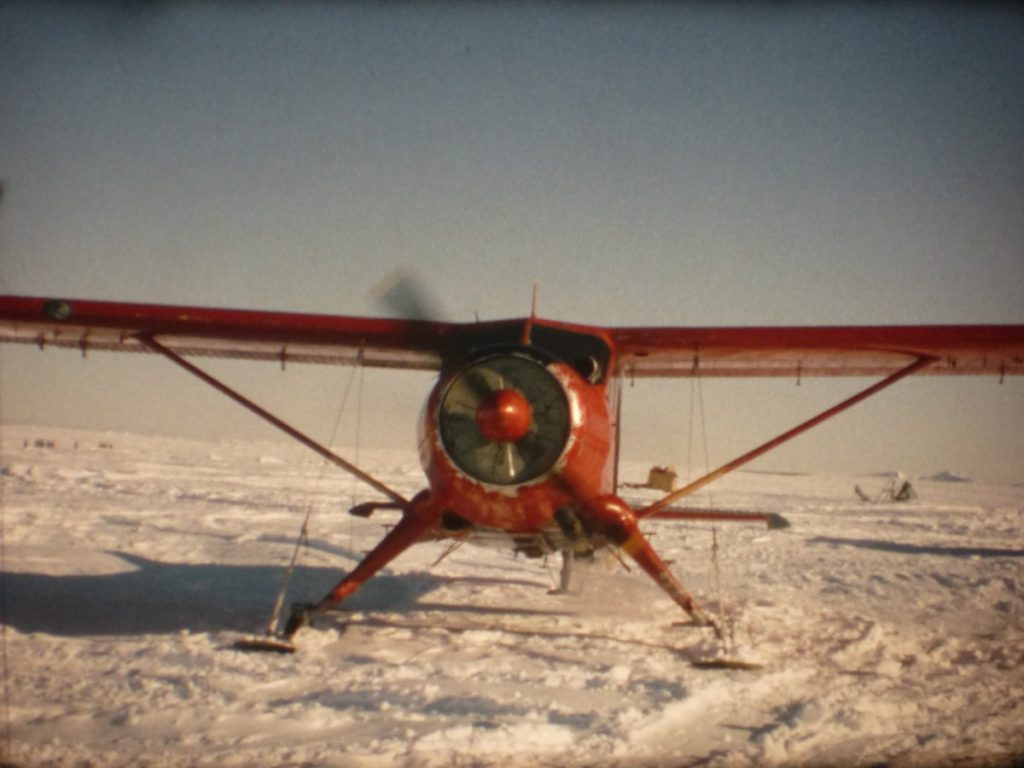Patrick Holzapfel
“I dream of a new age of curiosity. We have the technical means for it; the desire is there; the things to be known are infinite; the people who can employ themselves at this task exist. Why do we suffer? From too little: from channels that are too narrow, skimpy, quasi-monopolistic, insufficient. There is no point in adopting a protectionist attitude, to prevent “bad” information from invading and suffocating the “good.” Rather, we must multiply the paths and the possibility of comings and goings.’”
(Michel Foucault, “The Masked Philosopher“)
– In a retrospective as erratic as this one, it is important to watch each and every film in a manner that makes it possible to change one’s life. There is no point in looking at those films as mere curiosities, special discoveries from foreign places. Being open to receive images from foreign cultures, get a glimpse at certain movements one has never seen before is not enough. One has to try to challenge one’s subjectivity, to really know more because of cinema.

– I admit (though I practice and sometimes also fight for the opposite) I prefer the person coming to a screening of one African film like Shaihu Umar (the only African film of the retrospective) questioning his or her life to the person watching all films asking questions about cinema. I dream about being the person that watches all the films questioning my life before and after each one of them.
– But how much can a mind take? I find it very hard to think or write something about some films. There is a limit to what I seem capable of discovering. After some films I end up researching and gathering information to be able to write something; words do not always come. The idea of the person writing about film as a person knowing about film gets questioned. Normally, I can escape those situations by protecting myself in an overabundance of words (in English it is harder and more faulty), the manner of writing about cinema that seems to be adjustable to each and every experience with the medium. Yet, I feel it is unfair in relation to the films.
– There are three conclusions springing from those doubts: 1. stop writing (which is a stupid conclusion) 2. try to write more subjectively or even incoherently 3. watch less films
– These thoughts might come to anyone watching a lot of films and having to write about them (for example at festivals). The sheer versatility and “otherness“ of the program enhances this despair in me. I discover something and want to learn more but on the next day I have to continue seeing films and be with a different culture. The fleeting aspects of cinema can become a nightmare. I came to see more and I do but suddenly each “more“ means forgetting something else.
– Maybe it has also to do with the noble idea of not interfering with the “gifts“ from archives on a curatorial level. There is no guidance or golden thread that runs through the films. The curatorial idea is diversity or chaos. I wonder if “film archives“ should serve as a common theme at all or if it isn’t part of their task to bring a sort of order or at least guidance into chaos. Sometimes in “Forever Film“ I feel like on Social Media. Many glimpses, little depth.
– This is only my interpretation because a glimpse can also be an invitation for more and this is exactly what makes this retrospective such an important one.
– These doubts bring to mind Neil Young’s line: “Though my problems are meaningless, that don’t make them go away.“
– As for Expedicion Giró proposed by Museo del Cine Pablo Ducros Hicken, I suddenly found myself at the South Pole with images by explorer Captain Gustavo Giró. In 1965 he was member of the first Argentinian group which arrived at the South Pole.
– The film was presented in 4K (originally shot on 16mm Kodak reversal color film stock). I think I have never seen images from the the (not so) eternal ice in the 1960s in colour. I have also never heard about Gustavo Giró.
– What struck me most in this film with its vivid colour photography were the shots of parachuting dogs. I once read about about dogs parachuting in relation to the war. It is an almost surreal image. The camera looks up to the blue sky, a parachute appears and with it is not a human. It lasts a while until we discover that it is a dog. They land on the ice and do not seem to bother too much.
– As I have read, during D-Day some so-called Paradogs accompanied American soldiers landing in the Normandie. Apparently, some of them were not ready to jump, so they were enticed out of the plane with the aid of meat.
– It is a nice idea to bring fragments of film made by an explorer to such a retrospective. Exploring, curiosity, the unknown, the unseen…all these things matter and they can surely bring more knowledge, sensibility and sensitivity to our world.
More on Forever Film
Notes on Grauzone (1979, Fredi M. Murer)
Notes on Film and Reality (1942, Alberto Cavalcanti and Ernest Lindgren)
Notes on Yadanabon (1953, Tin Maung)
Notes on White Shadows in the South Seas (1928, W.S. Van Dyke, Robert J. Flaherty)
Notes on 30 Years of Motion Pictures (1927, Otto Nelson, Terry Ramsaye)
Notes on Sånt händer inte här (1950, Ingmar Bergman)
Notes on Valkoinen peura (1952, Erik Blomberg, Mirjami Kuosmanen)
Notes on Lime Kiln Club Field Day (1913, Edwin Middleton, T. Hayes Hunter, Sam Corker Jr.)